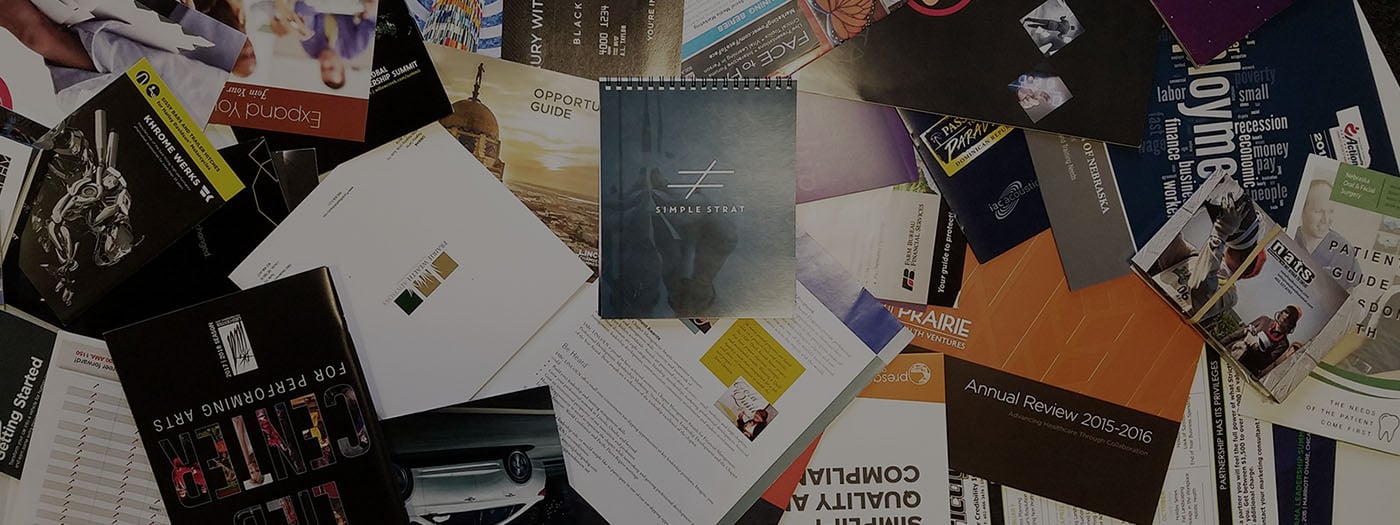5 Types of Emails Every B2B Company Should be Using in 2024
May 9, 2024

Ali Schwanke

When we talk about email marketing strategy, most of us tend to think of one category: promotional emails. That’s typically because we tend to see email like a quick one-off:
“We have new products, let's tell them in an email!”
While promotional emails are important, they’re only a piece of the puzzle. In fact, you may be leaving a lot on the table.
Email continues to be one of the most effective channels for marketing and sales, but the game has changed, and a one-size-fits-all newsletter or “email blasts’ are a thing of the past — just like the cold promo message.
To navigate this effectively, let’s talk the various ways B2B companies should be using email to attract, convert, and nurture customer relationships – and how to adjust your game plan for an increasingly digital-first world.
The 5 B2B email types you should be using
1. Sales and promotional emails
These emails are meant to promote a specific offer to a specific audience, so tailor your message to engage a targeted segment with relevant offers. You want these emails to encourage immediate action, such as a purchase or sign-up for things like these:
- Event promo: Use these to boost attendance by highlighting the value and uniqueness of your upcoming events.
- Campaigns: Strategically deploy a series of emails designed to guide your audience through a sales funnel or narrative.
- Discount offers: Entice prospects and existing customers alike with timely discounts that incentivize quick decision-making.
- New resource, announcement, PR: Inform your audience about the latest resources, significant announcements, or positive press your company has received to keep them engaged and informed.
2. Onboarding and welcome emails
Have you ever made an online purchase or subscription and then gotten no further information sent to you? Nobody wants radio silence after willingly giving you their money or personal information. Take a look at the different types of emails you might want to send out to new contacts:
- Welcoming new clients or customers: These emails set the tone for your business relationship, offering a warm reception to new clients and introducing them to your company culture and values.
- Welcoming new members of email list: Acknowledge new subscribers with a message that thanks them for joining and outlines what kind of content they can expect to receive.
- Sending “What to expect” messages: Set clear expectations by detailing the frequency and types of emails subscribers will receive, ensuring they understand the value of staying subscribed.
- Helping customers realize value from their purchase: Guide new customers in getting the most out of their purchase with tips, tutorials, or helpful resources, accelerating their success and satisfaction.
3. Transactional emails
These are easily overlooked, but this is still an opportunity to create goodwill and be creative: Use these communications as a chance to surprise and delight customers, embedding creativity and brand personality even in routine transactions.
- Post-sale: Craft messages that extend beyond the transaction, offering additional support or recommendations that complement the purchased product or service.
- Receipt: Send detailed receipts that not only provide transactional information but also reinforce your brand’s commitment to transparency and customer service.
- Confirmation of purchase or signed proposal, etc.: Confirmations serve as reassurance to customers, verifying their actions with your company and setting the stage for ongoing communication.

4. Nurturing emails
Nurturing emails are what usually come to mind when a company wants to “drip” email content to their audience. In fact, that’s often how our clients ask us to build nurturing emails: “Can we drip information to our prospects over time?”
And they’re not wrong, but the goal is less about “dripping information” and more about nurturing a relationship.
Best practices for nurturing emails are use case-, problem-, and persona-specific. Tailor your approach to fit the specific needs, challenges, and characteristics of your audience to keep the message relevant and slowly build a stronger relationship with them.
The structure of these emails can differ, but the goal remains consistent—to gently guide your audience towards a decisive sales action, whether that's a purchase, a consultation, or another form of engagement.
5. “Newsletter” type emails
Originally designed to distribute content, newsletters have evolved. Now, they excel at sharing insights and reinforcing your brand’s point of view. By focusing on news and topics your audience genuinely cares about, newsletters have become the fastest-growing segment in email marketing.
However, with their popularity comes a caveat—they are the easiest type of email to get wrong. Crafting a newsletter that consistently engages without overwhelming or diluting your message is key to leveraging its power effectively.

Bonus tip: Don't confuse sales emails with marketing emails. What's the difference?
When it comes to effective email marketing, make sure you also know the difference between Marketing Emails and Sales Emails. We’ve had plenty of clients get confused about this over the years when getting their emails up and running in HubSpot, so let’s clear things up:
- Marketing emails are designed to reach a lot of people at once, perfect for sharing newsletters, promotions, or event invites. They need a special server setup to send them out, so make sure that's set up properly.
- Sales emails, on the other hand, are for one-on-one communication with individual contacts or leads. They look more like personal emails and are best for outbound sales strategies or follow-up messages.
Using the right email type is critical for deliverability, engagement, and conversion. Marketing emails are more likely to be flagged as spam and end up in the recipient's spam folder if they are not properly set up. Meanwhile, sales emails that are personalized and targeted to the recipient's interests have a higher chance of being opened and getting conversions.
Choose the right type of email based on what you want to say, who you're sending it to, and how you want to track its success.
We wrote a full guide on when to use each email type inside HubSpot if you want a deeper understanding of how these work.
Ready to turn your email marketing into a real source of growth in HubSpot? Request a free call with us today.

Ali Schwanke
Ali Schwanke is the CEO and co-founder of Simple Strat, a HubSpot Solutions Partner. She’s a top contributor for Martech.org, a frequently sought out podcast guest, and host of her own show Marketing Deconstructed, where she shares insights on B2B content strategy and marketing. She’s also the founder and co-host of HubSpot Hacks, and is an advisor for professional education partners like Thinkific and Vistage.
Relevant Blog Posts

Top 26 HubSpot Hacks for Marketing Pros
If you've invested in HubSpot Marketing Hub, you know the promise: powerful growth, streamlined processes, a happy team. But let's be real – there's a TON of info out there on HubSpot. Sorting...

Marketing Collateral: The Ultimate Guide (With Examples)
When we’re talking about marketing, things can get kind of buzz-wordy. Marketing collateral. Landing pages. Audience personas. Ever feel like you need a guide to walk you through these things?...

Using Content for Top-of-Funnel Marketing (Plus Examples)
What does your content have to say? Does it answer your audience’s most burning questions? Does it bring them value after they read, watch, or listen to it? Delivering value via content is especially...



